The cultural capital of Japan, Kyoto can keep every traveller busy during the day. Besides spotting geishas and feasting in izakayas, one can also visit dozens of different temples, each as beautiful as the next.
However, it can get a little overwhelming to pick which to visit as Kyoto has over a thousand temples and shrines. You might wonder, “Which ones are actually worth my time? Seen one – seen them all?” Well, not quite! While they share some common features, each temple has its own story, architecture, and atmosphere that make it special.
Also read: 10 Hidden Gems in Kyoto, Japan You Can’t Afford to Miss
Therefore, here’s a little guide to which temples you should seek out and which you can leave for your next visit.
1. Nanzen-ji
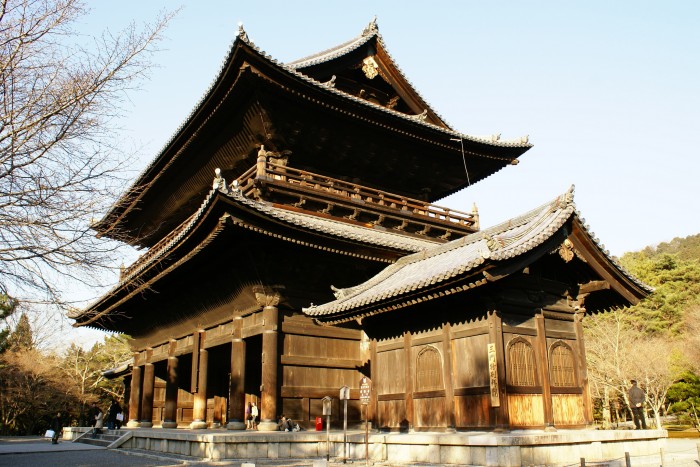
Image credit: Eric Salard | Flickr
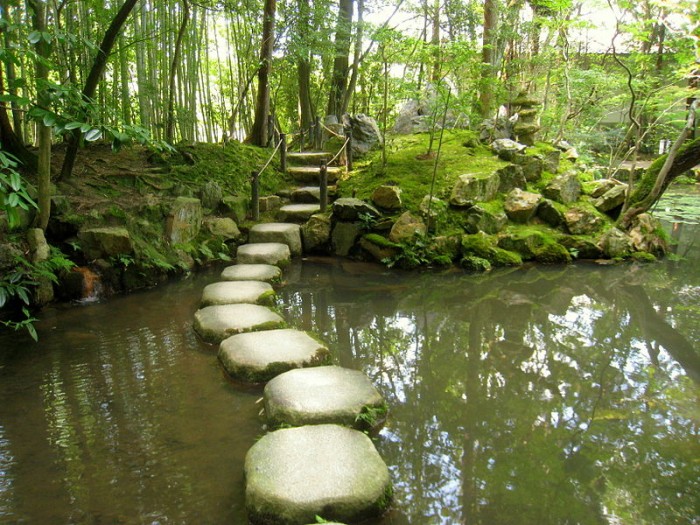
Image credit: Daderot
This temple isn’t on many travellers’ agendas but it is very much worth your time. Nanzen-ji is a zen temple which will immediately impress you with its size. Nanzen-ji was destroyed and rebuilt several times since its construction in 1921. However, the initial beauty of the temple remains. The mighty Sanmon gate sits atop a set of stairs, making its appearance even grander than it already is. Besides impressive artefacts and statues, one can also see antique aqueducts stretching through the temple complex.
2. To-ji
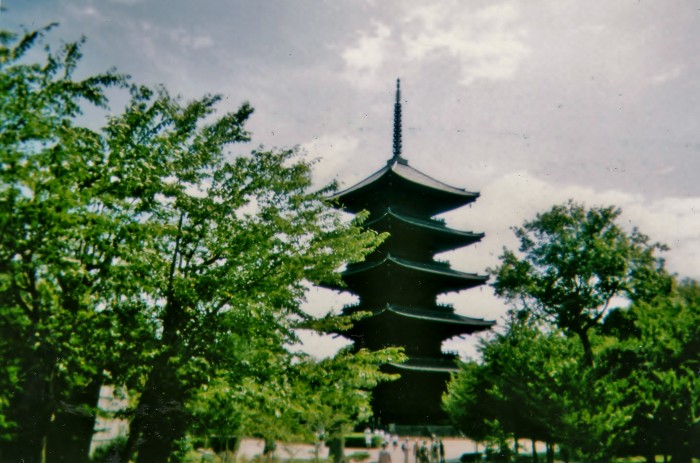
Image credit: Dick Thomas Johnson | Flickr
This temple in the south of Kyoto isn’t on many tourist routes either. But what do tourists really know? Head out to the To-ji temple and discover the five-story pagoda structure, reaching up to 65m into Kyoto’s sky. In the past, the pagoda was seen as an entrance symbol to the city. For some, it still is. To-ji temple might feel quite imposing – not only because of the height of the pagoda but also due to the sense of history that is conveyed through the surrounding garden and towering trees. To-ji is definitely a personal favourite.
3. Nenbutsu-ji
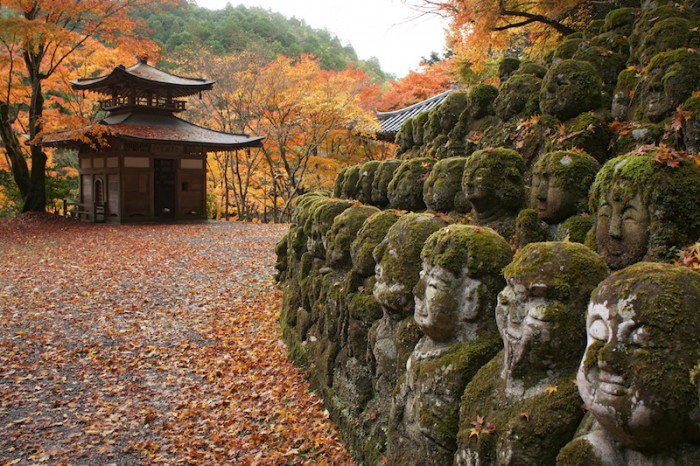
Image credit: 663Highland
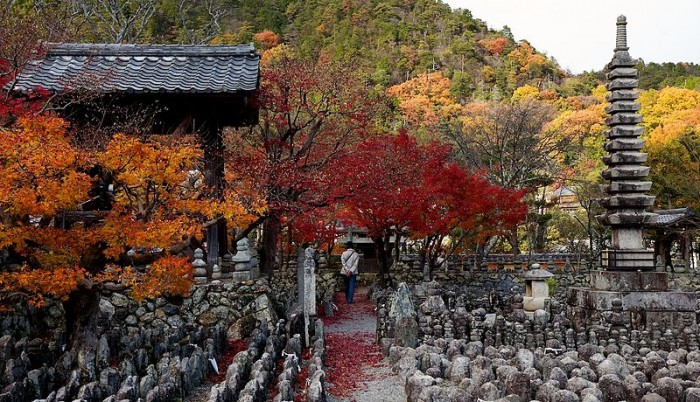
Image credit: Graves
Located in a Kyoto suburb at the Arashiyama district, the Nenbutsu-ji temple dates back to the 9th century. This place is perfect for a little day trip out of Kyoto. As there are several temples in the vicinity, one can spend the entire day exploring the past. The most striking and impressive aspect of the temple is the hundreds of little stone statues. These souls of the dead are impossible to ignore when visiting the temple. Walking around the temple grounds can feel very crowded even if there are no real people around – that is, if you are a sensitive person.
4. Rokkaku-do
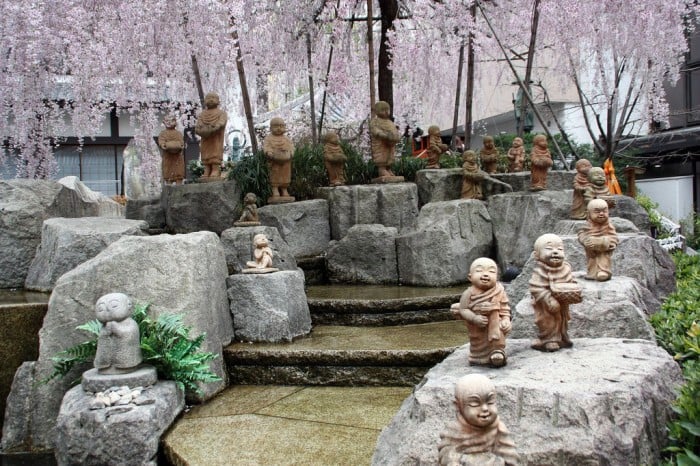
Image credit: Annie Guilloret | Flickr
Set right in the centre of the city of Kyoto, the temple is surrounded by much taller and modern buildings. One lesser-known sight of the temple is the art of ikebana, the Japanese art of flower arrangement, which is practised at the temple until today. If you are in love with the tranquillity of Japanese gardens and the delicate handling of flowers, then you should take a stroll around Rokkaku-do.
5. Sanjūsangen-dō
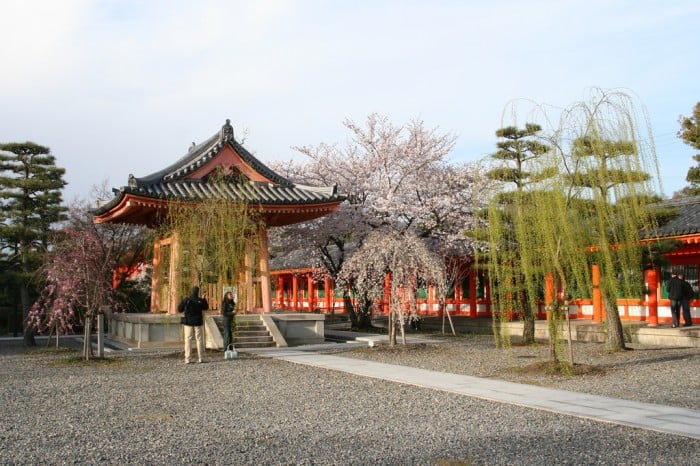
Image credit: Kristjan | Flickr
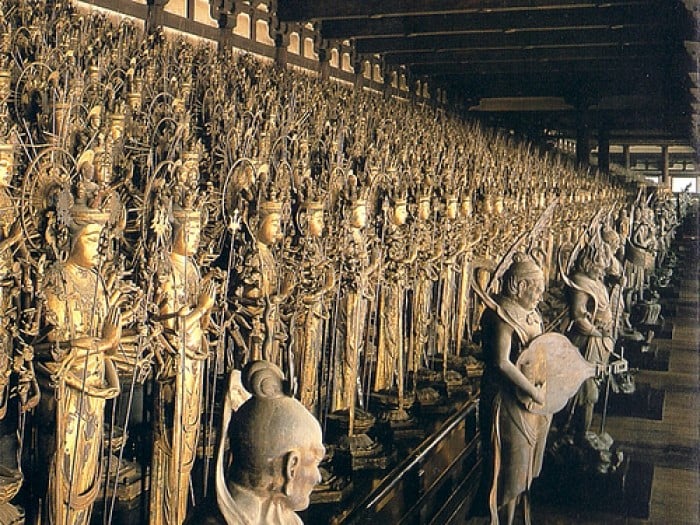
Image credit: Christophe | Flickr
Distinctly different from the other temples on this list, Sanjūsangen-dō is famous for the thousand armed statues of Kannon, the goddess of mercy, that are lined up in the long halls of the temple. These life-size statues stand on either side of the main deity statue of the temple. Imagining the time and effort it must have taken to create them, one can’t help but feel mesmerised. Initially built in 1164, the temple has been the location of famous warrior duels, such as between Miyamoto Musashi and Yoshioka Denshichirō.
6. Kiyomizu-dera
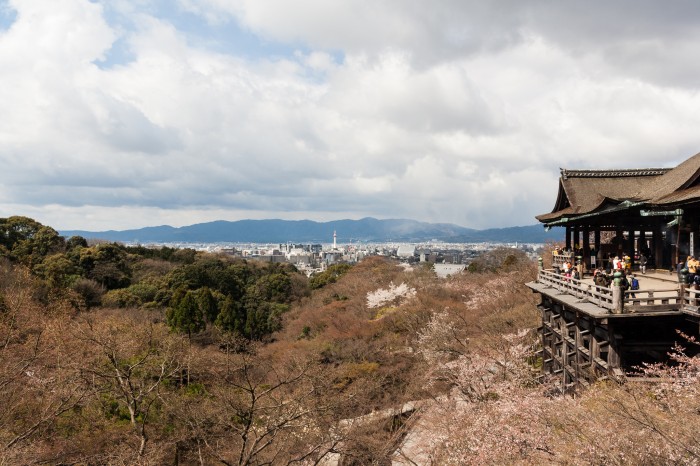
Image credit: Alberto Gragera | Flickr
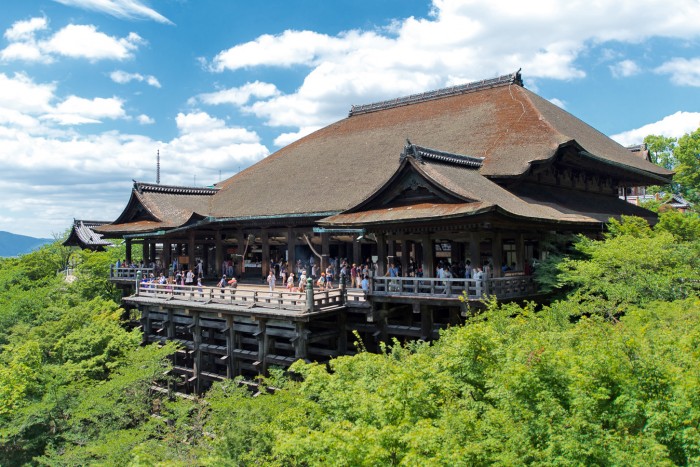
Image credit: Jordy Meow
Kiyomizu-dera is a UNESCO World Heritage Site and one of the most historic monuments of Kyoto, founded as early as 778. On a clear day, one can see far beyond Kyoto and the surrounding area from this temple. Located on a hill and surrounded by the forest, the temple has a really unique position, making you feel grand and small at the same time. The walk to the temple itself is already worth the trip, as the charming little streets are filled with interesting shops, many of which offer traditional Japanese sweets to try. If you are lucky, you might even see geishas walking around.
7. Kinkaku-ji (The Golden Pavilion)
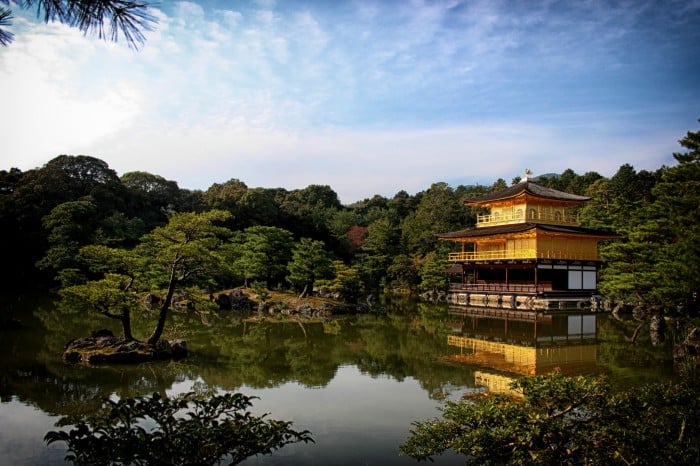
Image credit: Yiannis Theologos Michellis | Flickr
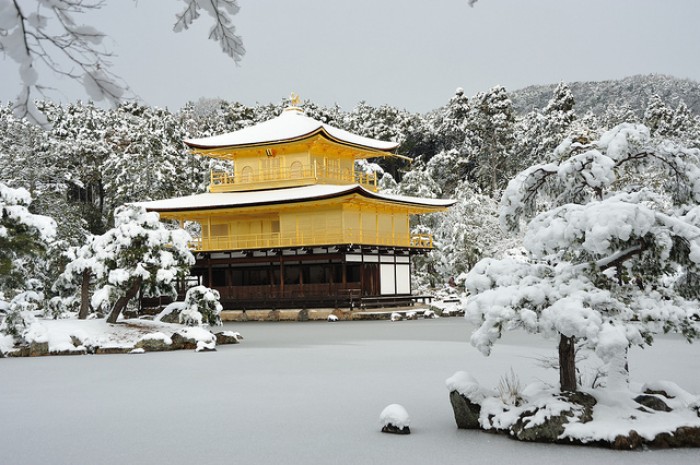
Image credit: Takeshi Kuboki | Flickr
Although some travellers say this temple is overrated, I believe that it remains one of the most impressive ones in Kyoto. Both the surrounding garden and the temple’s architecture are truly impressive. Three very distinct architectural styles – zen, samurai, and shinden – are incorporated in the construction of the temple. The beautiful Japanese garden is definitely one to go around of. Perhaps the most magical aspect is how the pond mirrors the golden temple. Personally, I think this temple is at its best when covered in snow.
8. Byodoin
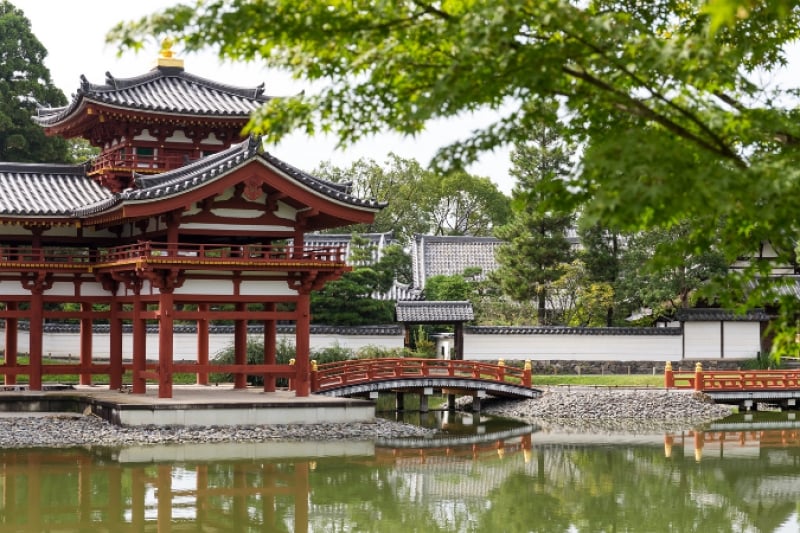
Image credit: Leung Cho Pan via Canva Pro
While matcha may be the first thing that comes to mind when you think of Uji, don’t overlook the breathtaking Byodoin Temple! Featured on the 10 yen coin and recognized as a UNESCO World Heritage Site, Byodoin is a gem of Japanese cultural heritage. The temple is renowned for its stunning Phoenix Hall, which exemplifies the Pure Land Buddhist architecture.
Visitors can join guided tours to admire the intricately designed Amida Buddha statue housed within the hall. The surrounding gardens also provide a tranquil atmosphere, perfect for reflection and appreciating the beauty of this historical site.
Also read: 12 Reasons Why Travellers Love Kyoto




